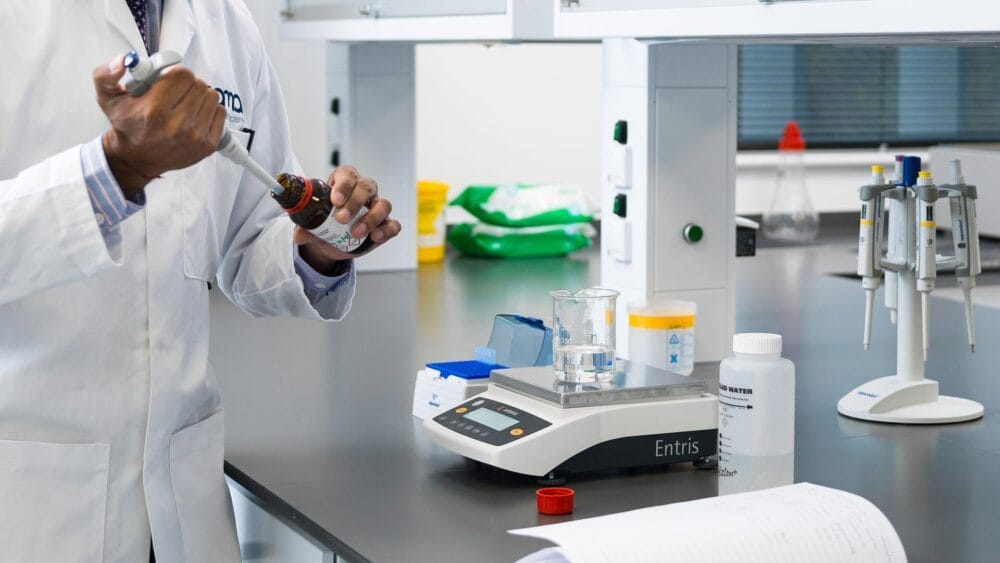Posted
18th September 2019
Research
A Portuguese research group have just published a helpful systematic review on disinfectant wipes for surface disinfection. The review covers factors that can influence the performance of disinfectant wipes, including wipe material, disinfectant composition, the way that a wipe is applied (e.g. pre-impregnated or “spray/dip & wipe” methods), interactions between wipe materials and active ingredients, and wiping strategy (e.g. which surfaces are targeted). The use of disinfectant wipes can be optimised by careful management of these variables.
Key findings of the review included:
- Wipe material: a wide range of materials are used to make disinfectant wipes for healthcare settings, including cellulose and thermoplastic fibres. The type of material chosen influences cleaning properties, and disinfection absorption and discharge, which all have a direct impact on efficacy.
- Disinfectant composition: the type of disinfectant chosen will influence the recommended application of the wipes. Whilst alcohol wipes were at one time commonly used for surface disinfection, they are increasingly uncommonly used in this application. Quaternary ammonium compound (QAC)-based wipes are most commonly used as a disinfectant wipe. The use of sporicidal wipes is also increasing, which are usually formulations of chlorine, hydrogen peroxide, or peracetic acid.
- Application method: there are various different ways in which a disinfectant wipe can be applied for surface disinfection, including “spray/dip & wipe” type approaches, or the use of pre-impregnated disinfectant wipes. The key advantages of disinfectant wipes around assuring adequate formulation, concentration, and volume of disinfectant are maximised through the use of pre-impregnated wipes.
- Interactions between wipe materials and active ingredients: relatively few studies have addressed the important potential for interactions between wipe materials and the active ingredients. Therefore, further work is required to understand possible synergistic and unintended interactions between wipe materials and active ingredients.
- Wiping strategy: the use of disinfectant wipes is suited to a focus on high-touch sites in the near patient environment, and the disinfection of medical devices and other items of equipment between patients.
The review is freely accessible, and is thorough and clearly written, with summary tables comparing each option within the chosen categories for comparison. The review also analyses the various available disinfectant wipe testing standards. The review highlights several areas for further research (for example around interactions between wipes and disinfectants), and concludes that disinfectant wipes are a helpful innovation that can improve the quality of surface disinfection in healthcare settings.
SHARE THIS ARTICLE
Tags
Latest News
Introducing HEXI HUB: A seamless transition in our product line
We’re pleased to announce an update to our product offering…
Innovative solutions for tackling Carbapenemase-producing Enterobacteriaceae (CPE) at King’s College Hospitals
King’s College Hospital NHS Foundation Trust, one of London’s largest…
Gloves Off: reducing unnecessary plastic waste during environmental cleaning and disinfection
In this blog, Dr Phil Norville discusses the momentum-gaining ‘Gloves…
Gloves Off: Navigating SDS sheets and skin safety claims in environmental decontamination products
In this blog, James Clarke (Head of R&D, Science &…




